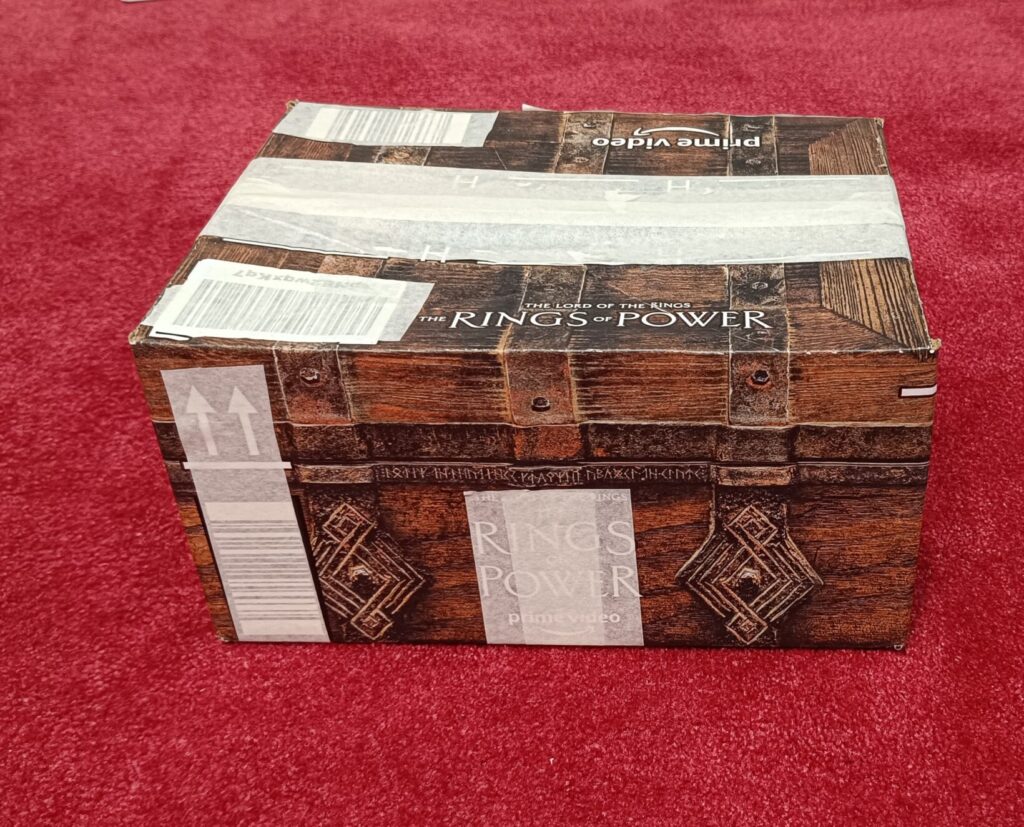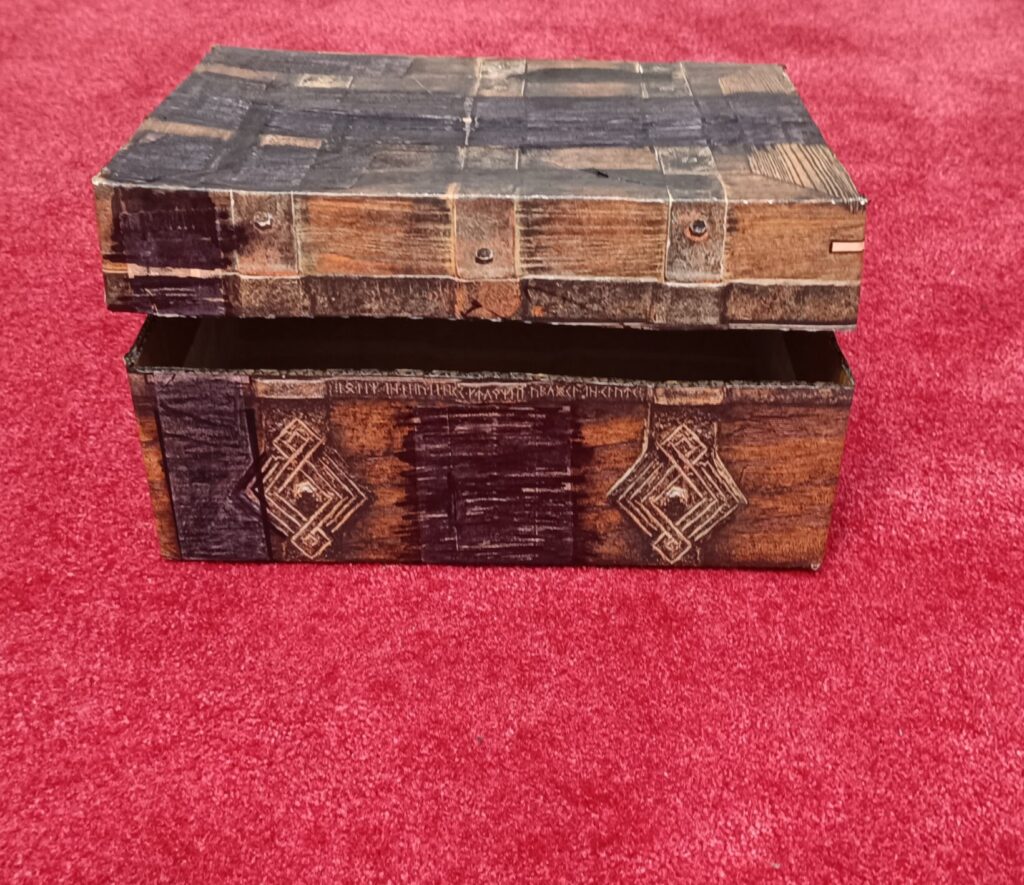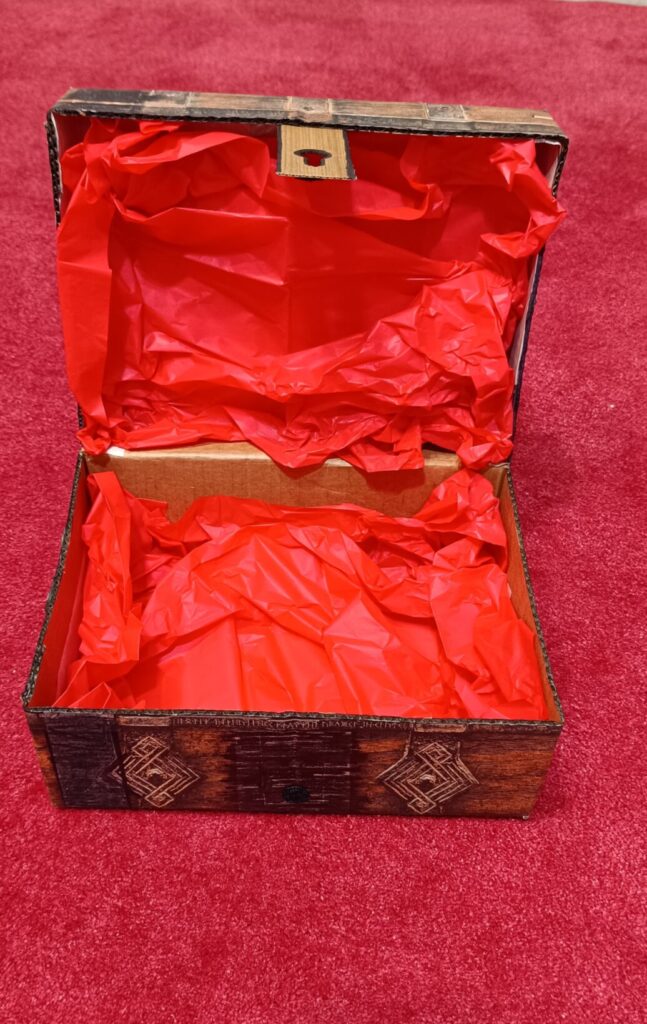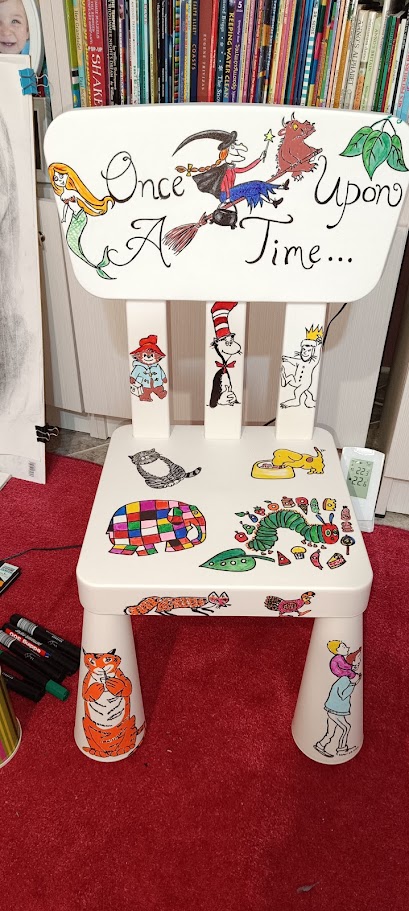In the world of education, creativity knows no bounds. A simple shoe box, often discarded after serving its primary purpose, can be reborn into a treasure trove of learning opportunities. The allure of adventure and the thrill of discovery captivates the imagination of young learners.
When I found this handsome box discarded I saw its many potentials! So I secured it with paper tape, reinforced it on the inside (with parts of another pizza box!), cut it in the middle, covered the parts which had letters on them, tried to imitate the style of the rest of the box with various matching paints, crafted a lock, and finally, lined the interior with red wafer paper. When my treasure chest was ready, it was time to put my treasure inside! Children’s jewellery, plastic or glass gems, lucky plastic coins gathered from vasilopita pies (vasilopita is a traditional Greek New Year’s Day bread, cake, or pie that contains a hidden coin) and any other trinket I could think of!
I will use my treasure chest with my 3rd graders, since there is much scope in their 1st and 2nd Units for a re-enactment of the lessons where the treasure chest is discovered by Kelly and then used by the pirates in Captain Cook’s crew!
Here is a map in imitation of the map in Lesson 1 of Unit 1: Treasure Hunt Map
and the bamboo leaves with the panda on them (like a puzzle) in Lesson 2: Bamboo leaves
For a pirate hat have a look at my ‘Ahoy mates!’ blog post here.
Have students make their own pirate treasure chest: this activity will not only add sparkle to the lesson but also encourage students’ fine motor skills and imagination as each one of them will create their own. Have students recycle (or rather, upcycle!) materials such as boxes, cardboard scraps, ribbons, strings, or any other embellishments in order to make a treasure chest for their “treasures.”
Transforming a shoe box into a pirate treasure chest not only engages students in a fun and hands-on activity but also opens the door to a wealth of educational possibilities:
Literacy and Phonics:
Hide letters or words within the chest, prompting students to identify and spell them correctly.
Creative Writing:
Encourage students to develop pirate-themed stories centred around the treasure chest. This activity fosters creative writing skills, expands vocabulary, and allows for imaginative expression.
Mathematics:
Introduce counting and sorting using the toy coins or jewels. Create math problems based on the number of treasures hidden in the chest.
History and Geography:
Explore pirate history and geographical locations of famous pirate adventures. Incorporate maps and discuss the concept of buried treasures to tie the project to real-world historical contexts.
Teamwork and Collaboration:
Assign group projects where students work together to create a collective treasure chest. This fosters teamwork, communication, and collaboration skills.
Reward System:
Fill the treasure chest with small prizes, such as stickers, candy, or small toys, to reward students for exceptional work or good behaviour.
Unlock a treasure trove of educational opportunities through this tangible artifact!!!









































